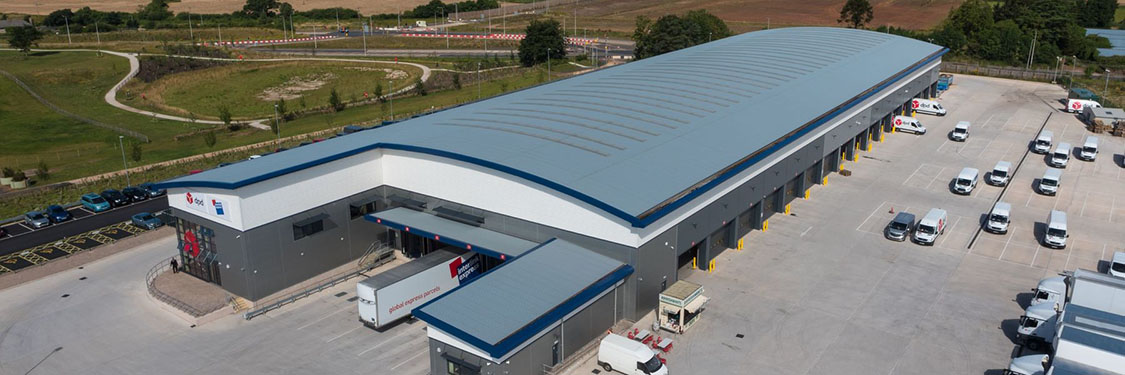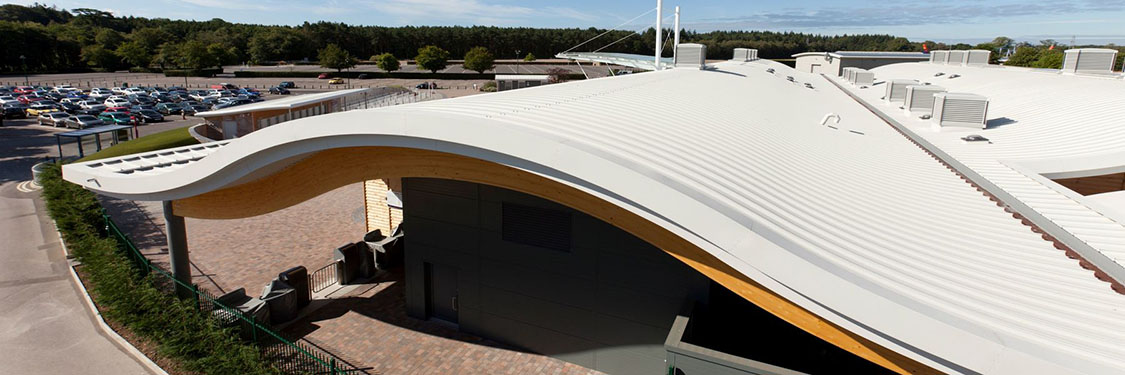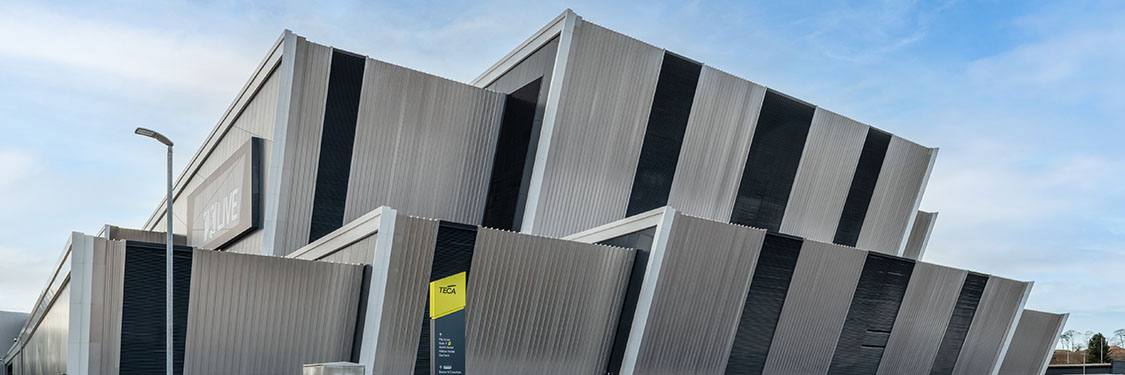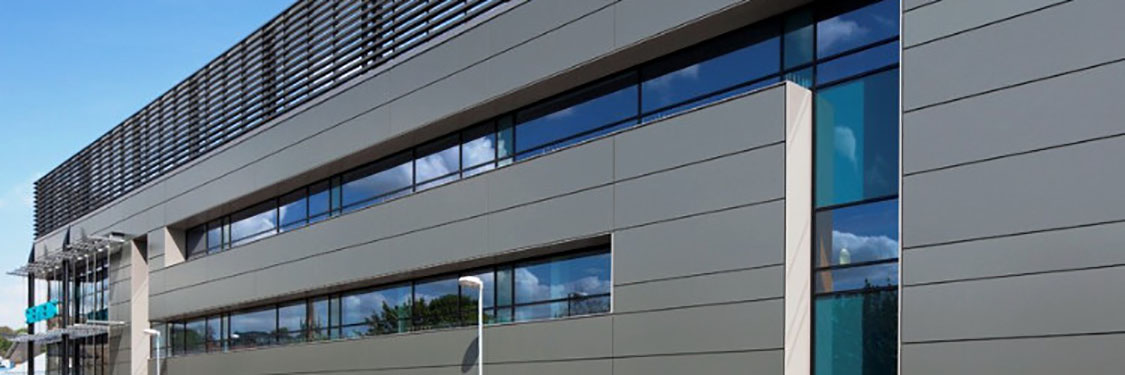Building regulations are statutory instruments that seek to ensure that the policies set out in the relevant legislation are carried out. Building regulations approval is required for most building work in the UK. Building regulations that apply across England and Wales are set out in the Building Act 1984 while those that apply across Scotland are set out in the Building (Scotland) Act 2003.
The UK Government is responsible for the relevant legislation and administration in England, the Welsh Government is the responsible body in Wales, the Scottish Government is responsible for the issue in Scotland, and the Northern Ireland Executive has responsibility within its jurisdiction.
Note:
The Department for Levelling Up, Housing and Communities (DLUHC) has updated its ‘Manual to the Building Regulations’ (updated August 2021). Also updated and available to download is the fully searchable PDF of the Approved Documents. This now incorporates the 2020 editions of Approved Document B1 and Approved Document B2. Both these items can be viewed and downloaded from the link opposite.
Approved Document L: Conservation of Fuel and Power
Approved document L Volume 2: Buildings other than dwellings was updated on 15th December 2021.
This approved document takes effect on 15th June 2022 for use in England. It does not apply to work subject to a building notice, full plans application or initial notice submitted before that date, provided the work is started on site before 15th June 2023. You can find the document in the drop down menu.
MCRMA has published Advice Note AN 09 The Building (Amendment) Regulations 2021 Guidance. This advice note is intended to address ambiguities in the new Approved Document AD-L Volume 2 Buildings other than dwellings which MCRMA has identified in comparison with previous versions of the Approved Documents. The advice note offers interim comment until these issues are clarified by the relevant regulators.
Approved Document B: Fire Safety
On 1st June 2022 the government published an update to Approved Document B to introduce new rules for external walls and balconies for new blocks of flats between 11 metres and 18 metres in height.
This new statutory guidance sets clearer, stronger standards which will set limits on the combustibility of materials used in the external walls of buildings. This will mean that lower risk developments between 11-18 metres meet necessary safety standards, while allowing designers and developers flexibility to use environmentally friendly materials.
These latest changes to Approved Document B also build on the changes already introduced to improve building safety, including the provision for sprinklers in all new blocks of flats over 11 metres in height introduced in 2020.
Scotland
The Building (Scotland) Amendment Regulations 2022
New legislation was laid before the Scottish Parliament on 22nd April 2022 which bans the use of combustible cladding on high-rise buildings above 11m. Since 2005, new cladding systems on high-rise blocks of flats have either had to use non-combustible materials or to pass a large-scale fire test.
This new legislation removes the option of a fire test and therefore will completely prohibit such materials from use on domestic and other high-risk buildings such as care homes and hospitals above 11m. The legislation came into force on 1st June 2022.
The legislation also includes improvements to energy performance standards aimed at making buildings easier to heat while ensuring they are well ventilated and comfortable to live in. This will apply from 1st October 2022.
More information is available from the link opposite.
Wales
Amendments have been made to the Welsh Building Regulations and come into effect on 23 November 2022.
Approved Document F: ventilation (2010 edition incorporating 2010 and 2014 amendments) is being partially withdrawn in relation to guidance for new and existing dwellings and is being replaced with Approved Document F, Volume 1: Dwellings.
Approved Documents L1A conservation of fuel and power in new dwellings, 2014 edition (incorporating 2016 amendments); L1B: conservation of fuel and power in existing dwellings, 2014 edition (incorporating 2016 amendments) are being withdrawn. They are being replaced with Approved Document L, Volume 1: Dwellings.
The Amendment Regulations and new Approved Documents do not apply in relation to building work on a particular building where the building work has been started in accordance with a relevant notification provision, provided that the building work on that building has already commenced or is started within 12 months of these Regulations coming into force.
The Approved Documents are available from the link opposite.
Northern Ireland
On the 28th February 2022, a Statutory Rule, the Building (Amendment) Regulations (Northern Ireland) 2022 was made, which amends the Building Regulations (Northern Ireland) 2012 (as amended).
The amendment regulations were made to address concerns in relation to external fire spread issues on external walls and specified attachments of buildings and to refer to an up to date atlas of radon maps to establish the need for radon protection measures or not in dwellings here.
The Statutory Rule
(a) Introduces a new prescriptive regulation in Part B (Materials and workmanship) of the building regulations to require materials which become part of an external wall or specified attachment of a ‘relevant building’ to achieve a minimum performance classification in relation to ‘reaction to fire’. In effect it bans the use of combustible materials on external walls and certain attachments on such buildings.
(b) Amends Part A (Interpretation and general) of the building regulations to apply the new requirement in Part B to buildings which become a ‘relevant building’ after a material change of use.
(c) Introduces a new definition of ‘radon affected area’ in Part C (Site preparation and resistance to contaminants and moisture) of the building regulations to reference an updated atlas of radon maps. These new maps, based on the most recent radon surveys here, will be used to determine if radon protection measures are necessary or not in dwellings.
The Building (Amendment) Regulations (Northern Ireland) 2022 came into operation on 1st April 2022. The amending Statutory Rule can be viewed using the link opposite.





